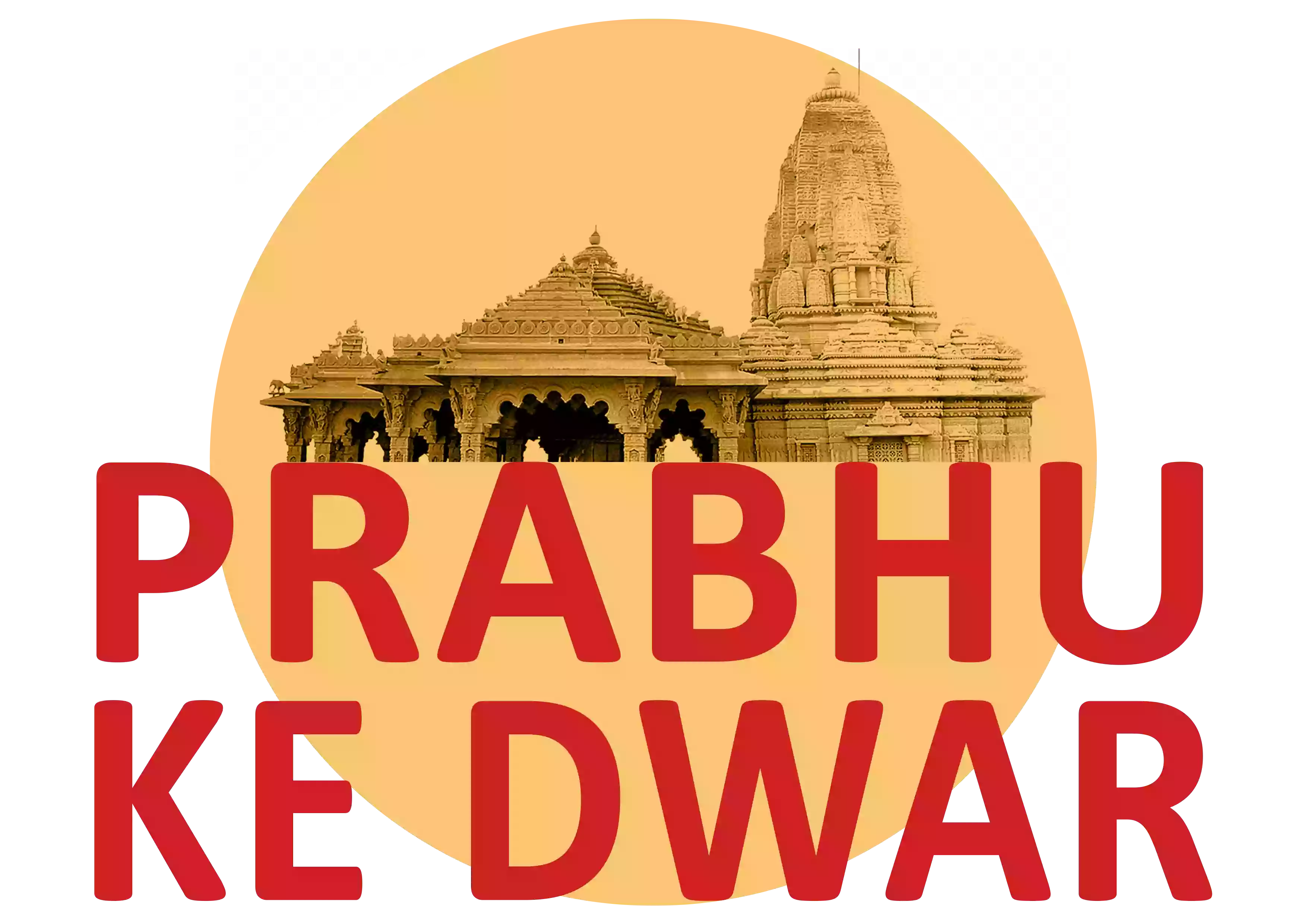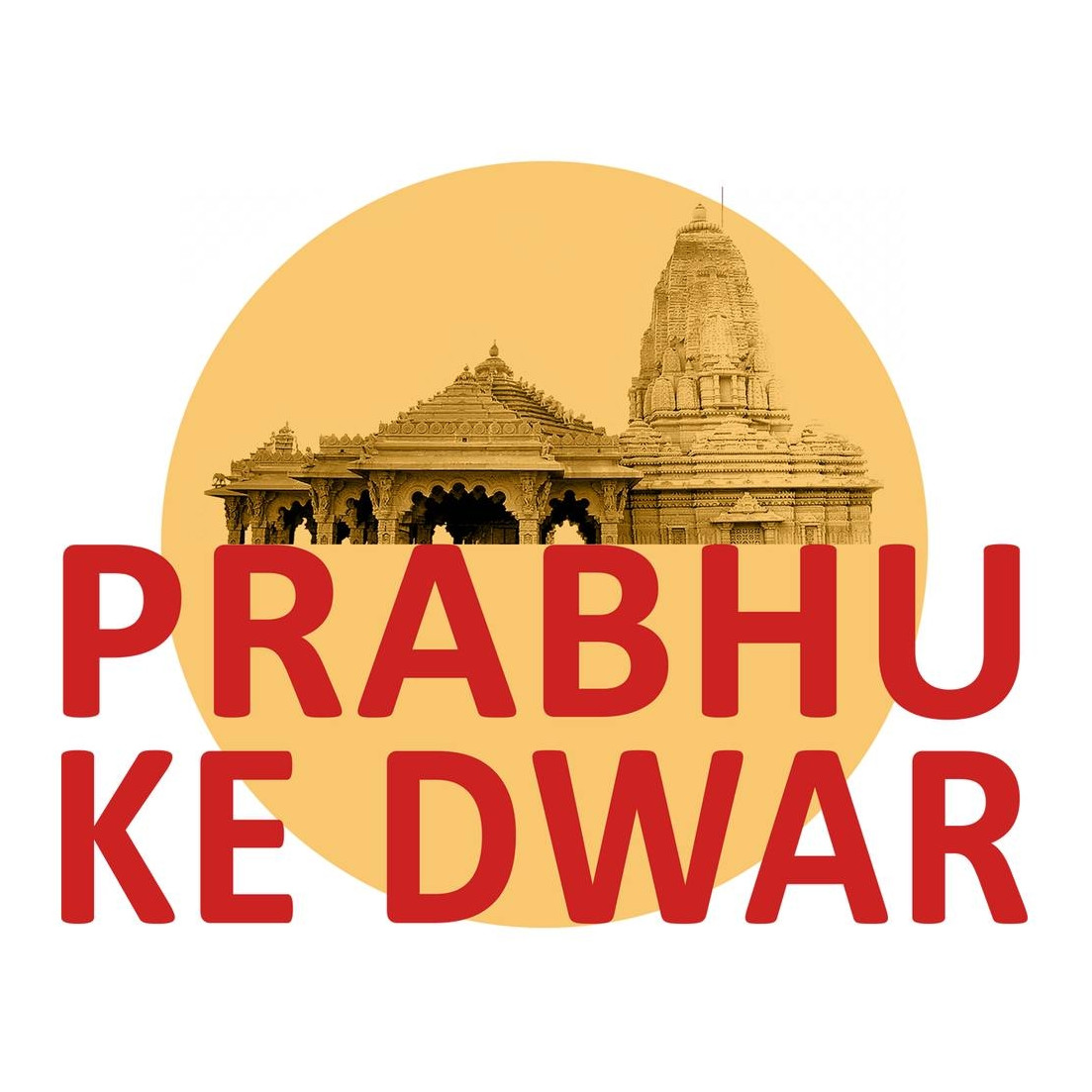In the heart of ancient Vedic tradition lies the sacred Vishnu Mantra - Shantakaram Bhujagashayanam. This powerful hymn not only reverberates with spiritual wisdom but also serves as a beacon of inner calm and transcendental bliss. Whether you are a seasoned practitioner or a curious seeker, this mantra offers profound insights into the nature of divinity, inviting you to experience a life of peace, balance, and joy.
Table of contents [Show]
The Sacred Mantra: Text & Translation
The mantra in Sanskrit is:
शान्ताकारं भुजगशयनं पद्मनाभं सुरेशं
विश्वाधारं गगनसदृशं मेघवर्ण शुभाङ्गम् ।
लक्ष्मीकान्तं कमलनयनं योगिभिर्ध्यानगम्यम्
वन्दे विष्णुं भवभयहरं सर्वलोकैकनाथम् ॥
Transliterated, it reads:
Shaanta-Aakaaram Bhujaga-Shayanam Padma-Naabham Sura-Iisham
Vishva-Aadhaaram Gagana-Sadrsham Megha-Varnna Shubha-Anggam|
Lakssmii-Kaantam Kamala-Nayanam Yogibhir-Dhyaana-Gamyam
Vande Vissnnum Bhava-Bhaya-Haram Sarva-Loka-Eka-Naatham
Meaning:
This hymn offers a heartfelt salutation to Sri Vishnu, depicting Him as the serene, divine protector of the universe. Each segment of the mantra highlights a unique aspect of Vishnu’s divinity:
- Shaanta – Embodying peace and calm.
- Aakaaram – Reflecting a composed and serene demeanor.
- Bhujaga-Shayanam – Depicting His restful repose on the divine serpent, Adisesha.
- Padma-Naabham – Signifying the lotus that blossoms from His navel, a symbol of creation.
- Sura-Iisham – Honoring Him as the supreme lord of all deities.
- Vishva-Aadhaaram – Emphasizing His role as the sustainer of the entire universe.
- Gagana-Sadrisham – Illustrating His infinite and sky-like expanse.
- Megha-Varnna – Comparing His ever-changing, cloud-like beauty.
- Shubha-Anggam – Celebrating His impeccable, auspicious form.
- Lakshmii-Kaantam & Kamala-Nayanam – Paying homage to His consort, Devi Lakshmi, and His lotus-like eyes that captivate the soul.
- Yogibhir-Dhyaana-Gamyam – Recognizing that true devotees and yogis reach Him through dedicated meditation.
- Bhava-Bhaya-Haram & Sarva-Loka-Eka-Naatham – Ultimately, this mantra extols Vishnu as the remover of worldly fears and the universal master.
Deep Dive: Analysis & Spiritual Significance
Serenity in Every Syllable
The mantra’s opening words set the tone by invoking an aura of peace and serenity. It reminds us that true calm comes from within, and by meditating on these sacred syllables, one can experience a respite from the chaos of daily life.
Divine Symbolism & Cosmic Energy
Each phrase of the mantra is rich in symbolism:
- The image of Vishnu reclining on the serpent underscores the idea of cosmic balance and the eternal cycle of creation and dissolution.
- The lotus at His navel represents purity, rebirth, and the blossoming of spiritual consciousness.
- His infinite form, likened to the vast sky and ever-changing clouds, reminds us of the boundless nature of the divine and the potential for infinite expansion within ourselves.
The Path to Transcendental Bliss
By regularly chanting this mantra, one may experience:
- Calmness of the mind: The rhythmic intonation helps alleviate mental unrest.
- Inner strength: The spiritual vibrations instill a sense of unwavering confidence and clarity.
- Holistic well-being: A harmonious blend of mental, physical, and spiritual health that leads to lasting joy and reduced stress.
Practical Ways to Embrace the Mantra
Daily Meditation:
Set aside a quiet time each day to chant the mantra. Focus on its rhythm and let the words resonate with your inner being. This practice can create a profound meditative state that calms the mind and uplifts the spirit.Incorporate Rituals:
Integrate the mantra into your daily rituals—whether during morning prayers, evening meditations, or even as a moment of reflection during busy days. Consistency helps in building a deeper connection with the divine.Mindful Reflection:
Reflect on the symbolic meanings of each segment. Understanding the underlying philosophy enhances your spiritual journey and makes the practice more enriching.Community Chanting:
Joining a group or community that shares similar spiritual goals can amplify the experience. Collective chanting can create an atmosphere of unity and shared bliss.
Additional Insights & Resources
For those looking to delve deeper into the world of Vishnu mantras and related hymns, consider exploring these enriching resources:
- Enhance your spiritual repertoire by reading more on the divine aspects of Vishnu in the article Learn about Suklam Baradharam Vishnum .
- Discover the intricate beauty of another revered chant in Explore Kayena Vaca Manasendriyairvaa Sloka of Lord Vishnu .
- For a detailed exposition on the very mantra discussed here, visit Detailed Insights on Shantakaram Bhujagashayanam .
- Broaden your understanding with another related hymn in Discover Sa Sankha Chakram & Sa Kirita Kundalam Sloka .
Conclusion
The Vishnu Mantra - Shantakaram Bhujagashayanam is much more than a recitation; it is a journey into the depths of spiritual consciousness. By embracing this timeless chant, you invite peace, clarity, and divine protection into your life. Whether you seek to calm a restless mind, overcome worldly fears, or simply experience the bliss of a meditative state, this mantra offers a sacred pathway to eternal joy and holistic well-being.
Take a moment today to immerse yourself in its profound vibrations and witness the transformation it brings to your inner world.



